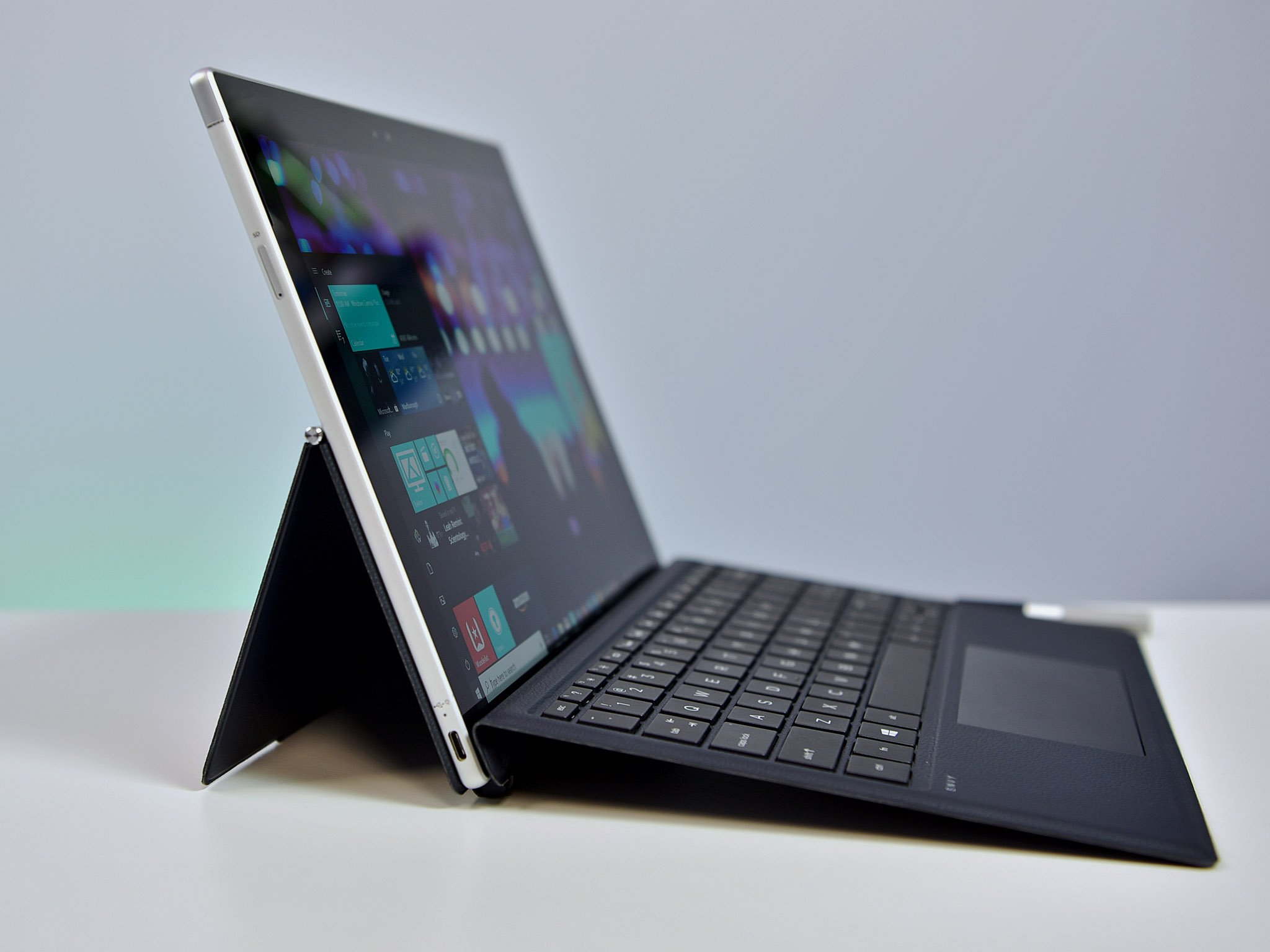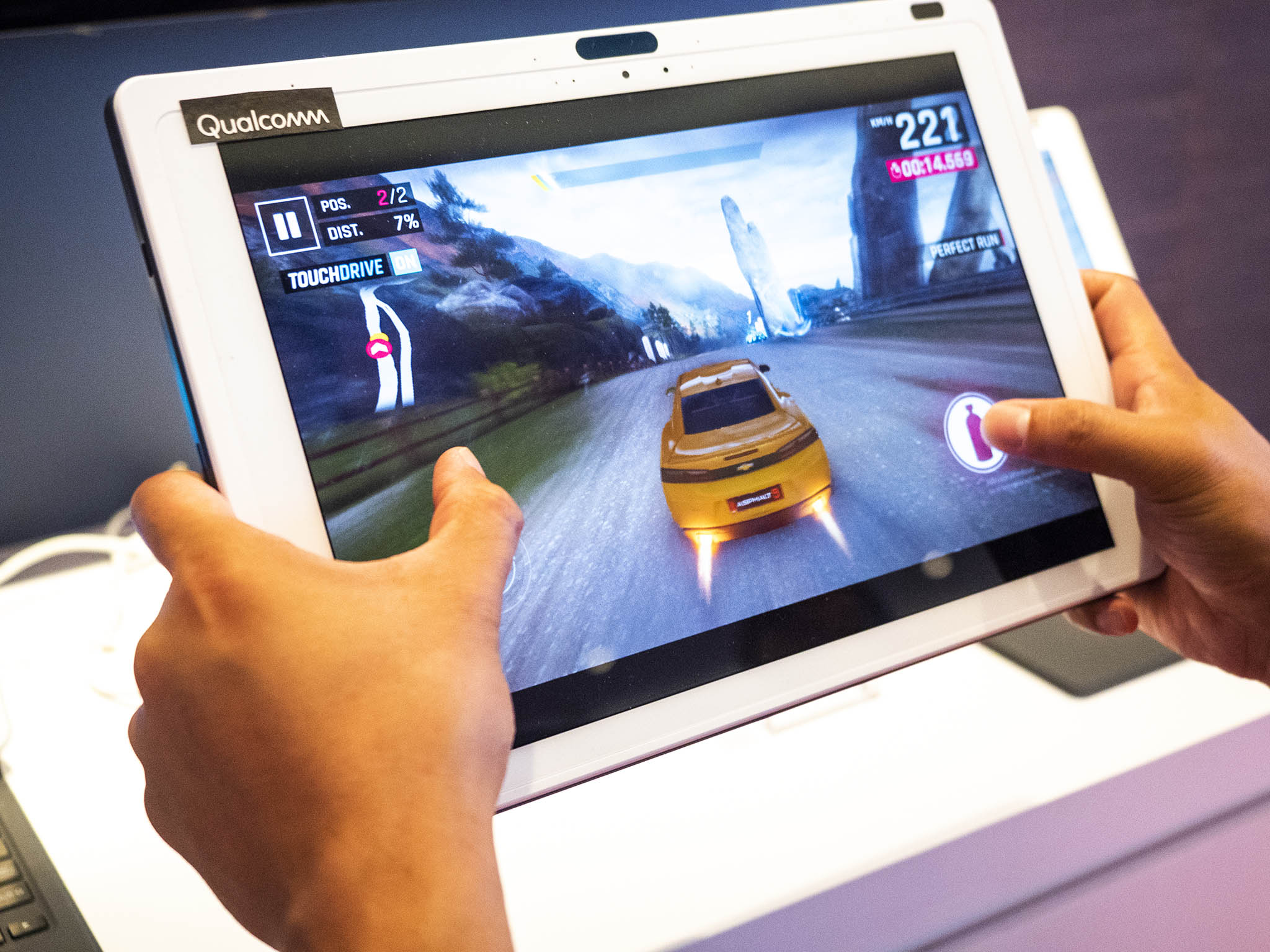Windows 10 on ARM is here to stay whether you like it or not
Windows 10 on ARM is really good, but lots of people seem to think it's bad and will fail. I'm here to tell you those people are wrong.

For some reason, there are a fair few people out there who have something against Windows 10 on ARM. I've seen comments calling it slow, dumb, and "another Windows RT." It's most likely these people are just ill-informed because Windows 10 on ARM isn't any of those things. A lot of people seem to think this whole Windows on ARM thing will eventually blow over, but just this week Qualcomm and Microsoft announced a brand-new ARM processor specifically for Windows 10 on ARM devices. This is just the beginning of Windows' reign in ARM-based computing, meaning it's here to stay whether you like it or not.
Many people have been oddly fixated on the performance of emulated x86 apps on Windows 10 on ARM, and while it is slower than native performance, it isn't terrible in the slightest. I've been using Windows 10 on ARM for some time now, and I can say with confidence that the emulation layer is good enough for general use. Of course, this will depend on the type of apps you use, but that's fine for now because the emulation layer is only really there to catch any apps that haven't been compiled for ARM in this "soft-launch" period of ARM-based Windows 10 devices.
More ARM processors for Windows

The real push for Windows 10 on ARM starts later this year, with the Snapdragon 850. This is the first "proper" chip designed specifically for Windows 10 on ARM, and it brings with it lots of improvements that will make using Windows 10 on ARM devices much better. Using Windows 10 on ARM today with the Snapdragon 835 is fine, more than fine, in fact. I'd say it performs like an Intel Core i3 when using natively compiled software; that is the OS, inbox apps, and most Store apps. Windows 10 itself absolutely flies on a Snapdragon 835, with the only performance slowdowns happening with emulated apps.
This should improve over time thanks to more powerful processors, but it should also improve on the Snapdragon 835 devices too. Once Microsoft releases the updated SDK that allows developers to compile their apps for ARM, we should see many of them update their apps for native support on Windows 10 on ARM which will bring with it lots of performance improvements for those apps. This means that while Google Chrome today is slower on the Snapdragon 835, if Google compiles for ARM, that app will run natively and not have to be emulated, meaning it'll perform much faster.
App performance on the Snapdragon 835 will improve over time.
We should start seeing more apps compiled for ARM around the same time the Snapdragon 850 launches, so that when these new Snapdragon 850 powered devices launch, there will already be a plethora of apps that support it natively. And even if an app doesn't natively support it, it will still run in the emulation layer, and faster, thanks to the Snapdragon 850's improved performance. It's important to not forget that Windows 10 on ARM is just another architecture, it's not an entire new operating system that's locked to UWP. A developer can compile its legacy desktop app for ARM, and have it run on Windows 10 on ARM just like it does on Windows 10 x86.
So, while right now a lot of people seem to think Windows 10 on ARM is slow, that reputation shouldn't last long. When more Windows 10 on ARM devices start shipping later this year, most normal people won't even notice or care that the device they're buying is an ARM one. Even if developers don't compile their apps for ARM, the emulation layer will have them covered in most cases. And with rumors of a Snapdragon 1000 in the works for Windows 10 devices, things are only going to get better. A Snapdragon 1000 will be where things really start to get interesting.
Get the Windows Central Newsletter
All the latest news, reviews, and guides for Windows and Xbox diehards.
It's here to stay

Windows 10 on ARM isn't going away. For most people, the future is lightweight mobile computing, and Windows 10 needs to be there. Microsoft is keeping Windows relevant by bringing Windows 10 to ARM as we further progress into this new era of lightweight computing. ARM is making its way into existing form factors, but will also power new form factors that don't yet exist that Windows absolutely needs to be a part of. Ignoring ARM would be a dumb idea.
I think a lot of the people who are speaking bad about Windows 10 on ARM don't understand what it is. It's just another architecture, simply put. Just like Windows 10 x86 and x64, Windows 10 ARM is another architecture that developers can compile for. And, although Microsoft has tried this before with Windows RT, there are a few fundamental differences that make these two attempts completely different. For starters, Windows RT was an ARM32 effort, whereas Windows 10 on ARM is ARM64.
Microsoft is committed to Windows 10 on ARM
Second, Windows RT was a closed platform. Yes, while Microsoft is trying to push developers into the Microsoft Store, Windows 10 on ARM devices isn't a closed platform and can run programs downloaded from anywhere, even for ARM compiled apps. So Google could compile Chrome for ARM and offer it on their website for users running Windows 10 on ARM to go and download. Again, it's just like Windows 10 on any other architecture. The Store is there if you want it, but otherwise you can download from wherever you like. Some of these ARM devices might come with Windows 10 S enabled by default, but these days you can turn that off with a simple switch.
If you're yet to try Windows 10 on ARM but have been turned off it because of comments from people saying it sucks, I'd give it a try before you make any final judgements. I absolutely love the HP Envy x2, with its instant-on capabilities and LTE everywhere, it's a new way of using Windows 10 and I absolutely love it. And look on the bright side, it's going to get better too. It definitely won't get worse. The only way is up.

